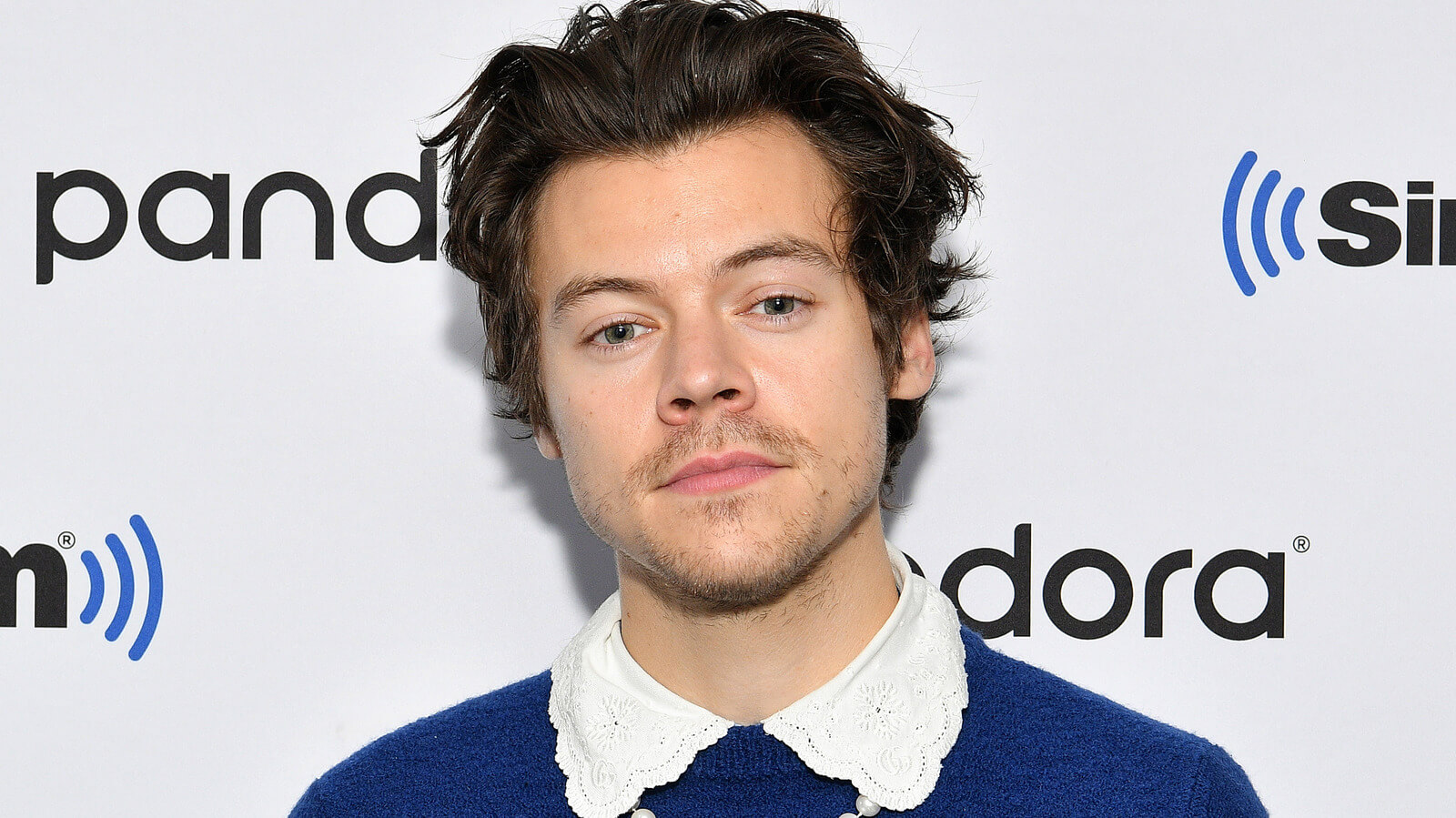Harry Styles, a well-known actor and musician, is renowned for both his music and his daring, outlandish design choices. Styles made history as the first single male cover star in Vogue magazine’s 128-year history when he graced the cover in November 2020. This groundbreaking cover sparked conversations worldwide, as it challenged traditional gender norms and stereotypes in men’s fashion. In this article, we will delve into the impact of Harry Styles’ Vogue cover and how it has contributed to breaking stereotypes and promoting inclusivity in the realm of men’s fashion.
- Redefining Masculinity in Fashion
Harry Styles’ Vogue cover was a significant moment in redefining masculinity in the fashion industry. The cover featured Styles wearing a Gucci gown, breaking away from traditional gender norms that dictate men should only wear suits or more conservative attire. By embracing more fluid and expressive fashion choices, Styles challenged the idea that men should be restricted to a narrow range of clothing options based on outdated notions of masculinity.
The cover sparked debates about the evolution of masculinity and how fashion can be a powerful tool in promoting self-expression and individuality. It encouraged men to feel more comfortable exploring diverse fashion choices, without fearing judgment or ridicule. Styles’ cover exemplified how fashion can transcend gender and act as a platform for creative expression.
- Empowering Self-Expression
Harry Styles has been unapologetically himself when it comes to fashion, and his Vogue cover further amplified this message. By wearing a dress on the cover, he sent a strong message of acceptance and empowerment for all individuals to express themselves authentically. The cover demonstrated that fashion is not about conforming to societal norms but about embracing one’s unique identity.
Styles’ Vogue cover encouraged people, regardless of gender, to be true to themselves and celebrate their individuality through fashion. It became a symbol of self-expression and liberation, inspiring many to embrace their style without worrying about societal expectations.
- Challenging Toxic Masculinity
Toxic masculinity, characterized by rigid adherence to traditional gender roles and the suppression of emotions, has long been a concern in society. Harry Styles’ Vogue cover served as a catalyst in challenging toxic masculinity by showing that vulnerability and sensitivity are not weaknesses but essential aspects of being human.
The cover sparked conversations about the harmful effects of toxic masculinity and its impact on men’s mental health and self-esteem. It encouraged discussions about dismantling stereotypes that perpetuate harmful behaviors and attitudes. Styles’ embrace of femininity in his fashion choices showcased that there is strength in embracing vulnerability and breaking free from societal norms.
- Paving the Way for Inclusive Fashion
Harry Styles’ Vogue cover opened doors for more inclusive fashion narratives. The cover signified a shift towards breaking down barriers in the fashion industry and creating spaces that embrace diversity and individuality. It encouraged designers, brands, and consumers to rethink the traditional gendered approach to fashion and promote more inclusive collections and styles.
After the cover was published, many fashion companies and designers adopted unisex and gender-neutral clothing lines. The formerly conservative gender norms-influenced fashion industry started to appreciate inclusive fashion and the rising desire for clothing that accommodates a wide variety of identities.
- Impact on the Fashion Industry
The way the fashion industry views men’s fashion has been greatly influenced by Harry Styles’ Vogue cover. It caused a spike in the desire for androgynous and gender-neutral clothing trends. As the market’s demand for gender-neutral clothing increased, fashion designers began include more of it in their designs.
Moreover, the cover emphasized the importance of representation in the fashion world. It sparked conversations about the need for more diversity and inclusivity in fashion campaigns, runway shows, and magazine covers. Brands and publications began to understand the significance of showcasing a diverse range of models and celebrities who challenge traditional gender norms.
- Influence on Pop Culture
The Vogue cover featuring Harry Styles became a cultural phenomenon, generating immense attention and discussions on social media and in mainstream media outlets. Styles’ bold fashion choices and his willingness to challenge societal norms inspired countless fans and non-fans alike.
The cover quickly became an iconic representation of a progressive and accepting society, inspiring fan art, memes, and numerous articles discussing its impact. The cover’s message of inclusivity and self-expression was lauded by Styles’ supporters, referred to as “Stylers,” who also used it as a springboard for important conversations about gender identity and acceptance.
- Encouraging Conversations on Gender Identity
The Vogue cover featuring Harry Styles sparked conversations on gender identity and how it relates to fashion. It led people to question the limitations and expectations imposed by society based on gender. The cover ignited a broader dialogue about how fashion can play a role in defining and challenging gender norms, promoting acceptance, and creating a more inclusive society.
By wearing a dress on the cover, Styles encouraged discussions about gender expression and the importance of recognizing that clothing does not determine one’s identity. People were encouraged by the cover to consider their own ideas toward gender and to doubt the rigidity of stereotypical gender norms.
Conclusion
A game-changer in men’s design, Harry Styles’ Vogue cover defied expectations and sparked discussions about inclusivity and self-expression. By embracing fluid and expressive fashion choices, Styles paved the way for a more accepting and diverse fashion industry. His cover encouraged individuals to embrace their true selves and reject rigid gender norms that limit self-expression.
The impact of Styles’ Vogue cover extended beyond the fashion industry, influencing pop culture and fostering discussions about toxic masculinity, gender identity, and the importance of representation. As fashion continues to evolve, Styles’ cover remains a symbol of empowerment and acceptance, inspiring individuals to be unapologetically themselves in a world that celebrates uniqueness and celebrates breaking stereotypes in men’s fashion.





